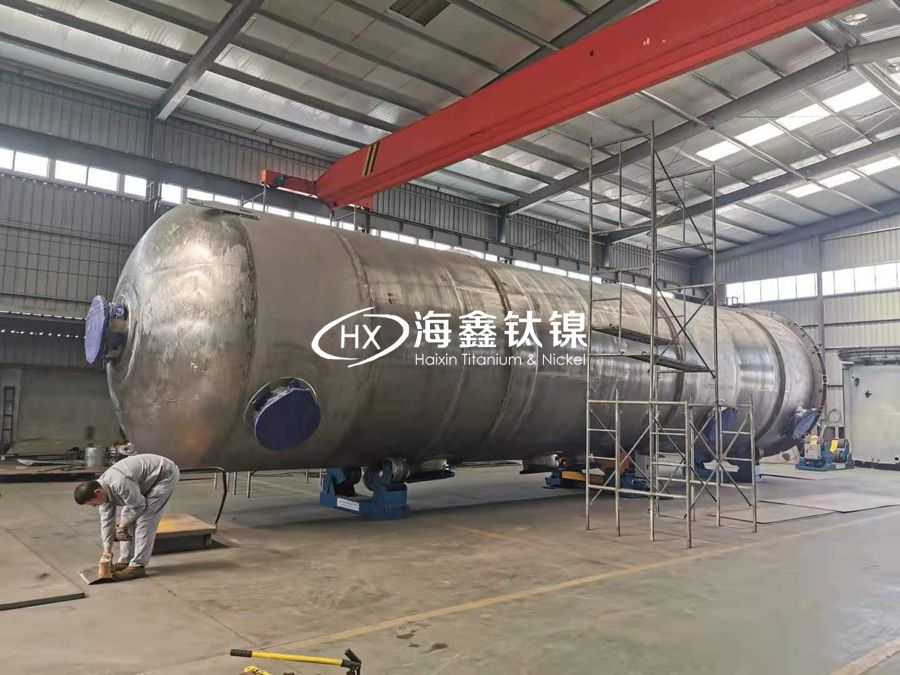(1) Improper selection of welding process. Choose welding methods with minimal heat input to reduce the residence time of welded joints in the sensitization temperature range as much as possible. Welding parameters should use small welding currents and maximum speed while ensuring weld quality. Operationally, adopt narrow welds with multi-pass and multi-layer welding. Allow each weld to cool to room temperature before proceeding to the next pass.
(2) Improper heat treatment during equipment processing. 321 stainless steel requires stabilization treatment to achieve optimal intergranular corrosion resistance. Normalized austenitic stainless steel becomes more corrosion-sensitive after secondary sensitization. Therefore, stainless steel composite plates processed in normalized state should not be used for equipment manufacturing.

(3) During heat exchanger operation, strictly control the pH value of lean/rich amine solutions, dissolved oxygen content, and ion concentrations (especially chloride ions). During installation, perform acid pickling and passivation treatment on austenitic stainless steel surfaces to enhance corrosion resistance.
(4) Cladding layers are prone to corrosion. Field investigations show that 321 material-clad tube sheets and manholes are particularly susceptible. Corrosion becomes more severe when cladding layers undergo secondary sensitization during welding. Therefore, cladding materials should be avoided.
(5) Enhance removal of solid substances from flue gas and amine solutions. Incoming flue gas contains not only high solid content with large particle sizes, but also continuously generates new solid materials during operation, such as elemental sulfur.